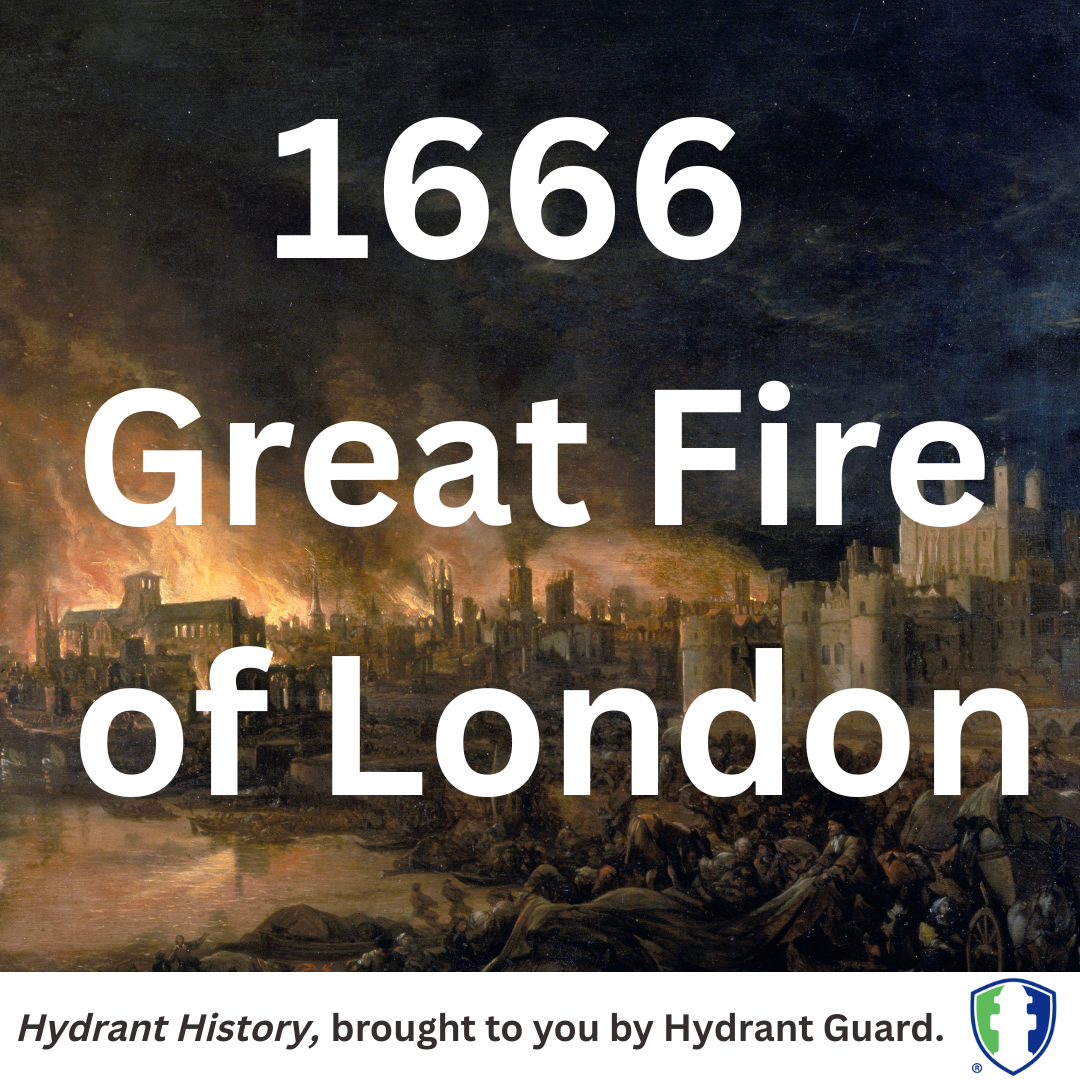London in 1666 was a wooden city. Houses leaned up against each other like logs in a bonfire. Typical building materials were good tinder at best, or purely combustible at worst. Many of the city’s poor lived in tar paper shanties. Oil, tallow and gunpowder, left over from the English Civil War, were laid up in dockyards along the Thames. The walled City had only 8 entrances and exits. Between the city’s density and the stores of explosives, the firefight was doomed.
The fire started in the King’s bakery just west of the Tower of London. The Lord Mayor grossly underestimated just how large the fire would become, and by the time he gave the order to create firebreaks, it was too late. The firefight was fumbled: primitive pumps were deployed, then abandoned in the panicked streets. Volunteer bucket brigades were caught too close to the heat and fled.
In the aftermath, the financial burden was massive. The City of London borrowed and defaulted. The King levied duties on coal. Private citizens were forced to pay their share, and fire courts were set up to determine if the tenant or the landlord was financially responsible for rebuilding on their plot.
Before 1666, it was unclear who was responsible for fighting fires, with duties shared between parishioner night watchmen and volunteers. Private fire insurance companies saw an opportunity in this confusion and entered the market with a well-organized service. Wealthy Londoners saw value in these new, effective fire teams, and the popularity of insurance companies grew. In the mid 1800s, the first London Fire Brigade was established. It remained private until the Crown brought it into the public budget a few decades later. Clearly, the King and Parliament had wised up to the indispensable value of firefighting as a public service.
London’s fire insurance companies represented a structural innovation in municipal firefighting. As a result of the devastating financial toll the Great Fire had on the city, they took the first step towards the publicly funded fire brigades we see today in nearly every American town.
Stay tuned to our “Hydrant History” series. Next up we’ll introduce the first American firefighters.


